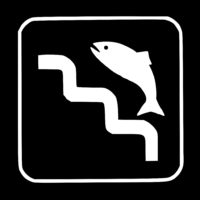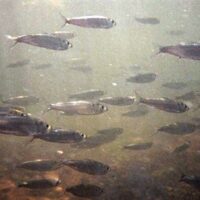Anadromous fish are those which are born in freshwater, migrate to salt water, then return to their natal waters to reproduce. Salmon might be the most well-known, but they are far from the only ones. In Maryland, shad, herring, and eel share that lifecycle.
During the 19th and 20th centuries, a time of rapid population growth and industry, mill dams, roads, culverts, and deforestation blocked and severely impaired the passages of fish, thereby decimating populations.
The Fish Passage Program, established in 1987 as part of the Chesapeake Bay Agreement, was intended “…to provide for fish passage at dams, and remove stream blockages wherever necessary to restore passage for migratory fish.”
It has been a success story. After surpassing our original goal by opening 1,838 miles of waterways by 2005, the group decided to expand the goal to 3,500 miles by 2025. This new goal now includes opening habitat for all fish species and favors dam removals over fish ladders.
Jim Thomson, Fish Passage Coordinator for the Maryland Department of Natural Resources, will talk about the efforts made in Maryland with fish ladders and dam removal, what is being done currently to help eel populations, and how these efforts benefit the entire Chesapeake Bay ecosystem.




